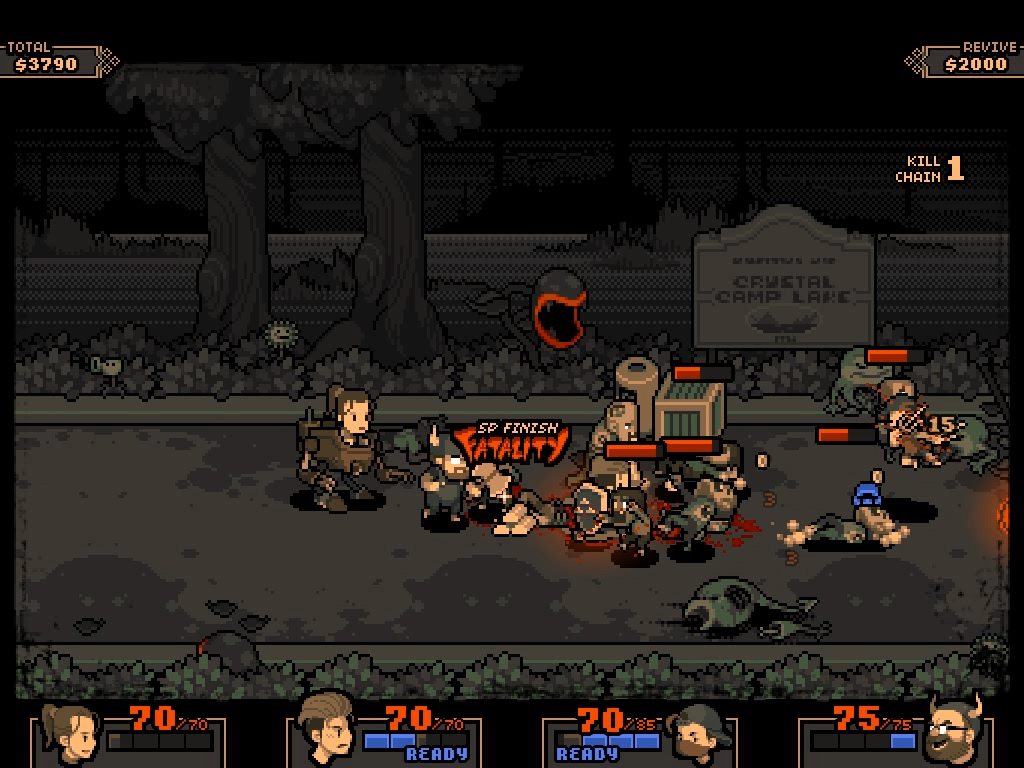This month in Indie-Ana Co-Op, we hear from Devil's Dare developer Secret Base about how to balance a game for multiple players. Devil's Dare is a four player beat 'em up that takes may of its cues from the arcade games of yore. Raymond Teo, lead developer at Secret Base, takes us through his process of adjusting a game for a co-op experience.
THE UNEXPECTED PROBLEMS OF DEVELOPING A MULTIPLAYER GAME
When it comes to making a multiplayer game, the common misconception seems to be that it is as simple as adding another player and increasing the enemies’ attack power. We knew going into Devil’s Dare that wasn't the case, so we went in with caution. Despite that, some things still caught us off guard.
For any developers out there that are looking to develop your own multiplayer game, here are a few of the not so obvious problems we encountered, and our solution when working on Devil's Dare.
Problem 1 : Unexpected Behavior
One of the thing we went for in our combat was clarity. As much as we can, every monster's attack has a start up animation, giving the player time to react to it. Players can take some time to understand a monster's action before moving in.

But when there are more than two players, you can start to see that players feel empowered, bold, or even reckless. They no longer have patience for notes and signs, and they will charge towards anything that moves. They don't intend to observe because if they hesitate, their friend will charge up instead and they'll lose the fun and action.
Our solution to this was not to just add more monsters, but more varieties of monsters; spawning in from different places in the multiplayer mode. Now with more monsters, players feel less inclined to fight the guy that their friends are already engaging. With more varieties, players are forced to not just button smash, but instead identify with whom they're fighting. And lastly, with the monsters coming in from different sides of the screen, they are forced/lured to move around.
All in all, the more players there are, the more balanced the team is, which makes them way more effective, much bolder and, hence, more reckless. Adding damage helps, but if you add too much, it feels cheap. So in the end, I felt what we did was better, by giving players the opportunity to make mistakes, break up formations, and not get back fast enough to help a teammate.
